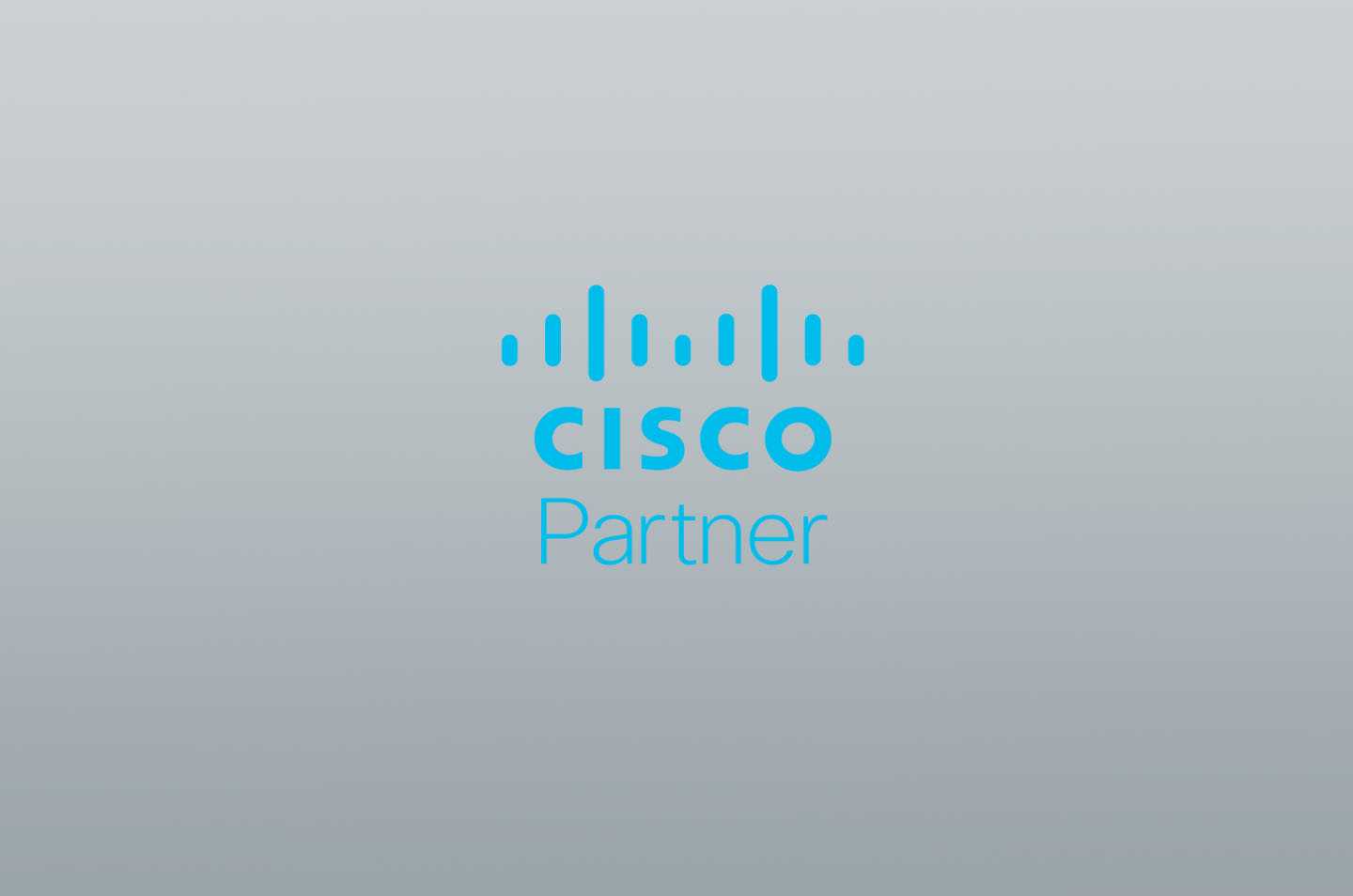FINDING THE BEST WAY TO SECURELY CONNECT THE MODERN HYBRID WORKFORCE

The 2020 pandemic response significantly impacted the budgets of state and local governments. As a result, they’re now facing the challenges of reduced tax revenues, increased expenditures for unemployment assistance, and an increased need to deliver services digitally.
For leaders in government IT, this new economic reality, as well as the historic expense of running technology in-house, is driving the move to a cloud-smart approach that can increase efficiency in both operations and budgets.
This focus is not entirely new since governments have been shifting apps (like email) to the cloud for some time. Yet it’s clear the pandemic response is accelerating the IT modernization in government that was already in process, especially in regard to facilitating a modern hybrid workforce. Equally clear is that this will impact the future of IT transformation.
To learn from, and apply the results of, the government IT response over the past year, we asked the following questions:
- What did IT teams learn from rolling out 19 million branches overnight and transitioning to a fully remote workforce?
- How will those learnings help agencies secure resources as they implement a hybrid work environment over the next few years?
To help answer these questions, Cisco commissioned market research firm Market Connections to explore where vulnerabilities may still exist and what steps should be taken next.
The Pre-Pandemic Shift
Before examining the pandemic lessons specifically, it’s important to look at what was already happening within the IT environments of state and local government.
For years, they have been adopting cloud-based applications and technologies to power remote work and improve responsiveness to the needs of citizens. As they did so, fewer applications were being run from their own data centers. Instead, they were running in cloud environments like Amazon Web Services (AWS), Azure, and Google Cloud Platform (GCP).
This shift to a multi-cloud approach for application management (on-prem, off-prem, and cloud-based) has had several impacts on their IT infrastructure. Network security has been forced to respond by also shifting to the cloud as users, their data, and their connected end-devices leave the physical office. The need for reliable and secure access anywhere, anytime has become clear with all the newly connected end-devices. State and local governments are also having to find new ways to deal with the growing network workloads. This includes simplifying management, increasing efficiencies, and holding a line on costs.
One thing has become clear—a centralized security approach is no longer practical. Unnecessary backhaul costs and decreased performance due to exploding user traffic, as well as data latency issues, have demanded a response that moves security closer to the edge. And that security must be holistic, providing deeper visibility into the behaviors of users, such as what applications and areas of the networks they’re accessing.
Traditional virtual private networks (VPNs) that have long been a favorite for securing remote access, have also been more frequently exploited in recent years. Unless they offer strong security that is part of a larger, holistic approach, VPNs may fail to serve state and local governments well in our evolving zero trust world. At the same time, running Internet traffic through a security stack is important. Endpoint security technologies like Cisco Secure Endpoint have evolved since the “anti-virus” days, and they offer highly advanced capabilities to protect users from hackers and their exploits.
Top Findings
One question that is still unanswered is whether state and local government employees will continue to work remotely once safe and trusted workplaces are available. While respondents expect the majority of staff to return to the office, it is likely that significantly more people will decide to work remotely in the future due to the flexibility it provides them.
Click here to keep reading Cisco’s paper titled “Finding the Best Way to Securely Connect the Modern Hybrid Workforce.”
